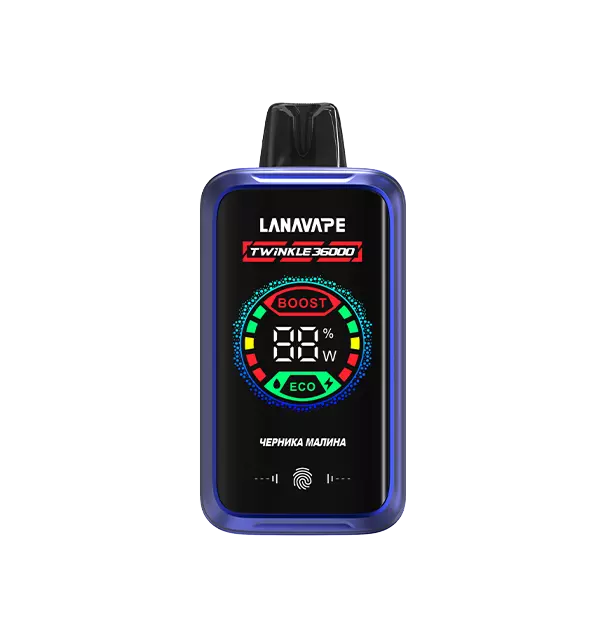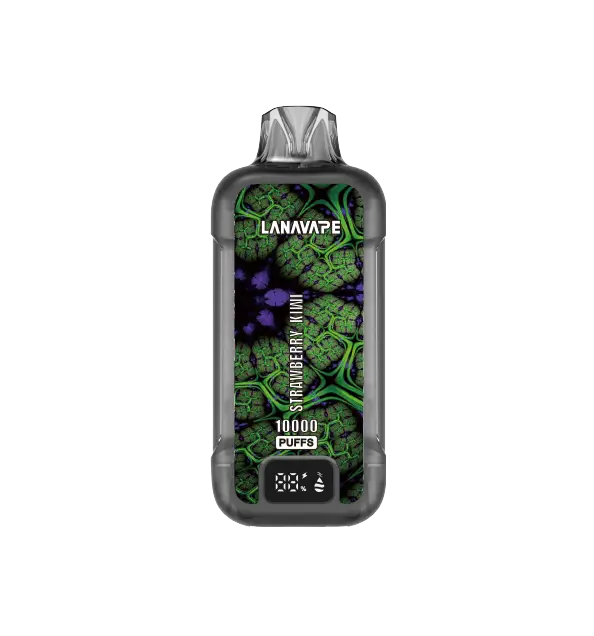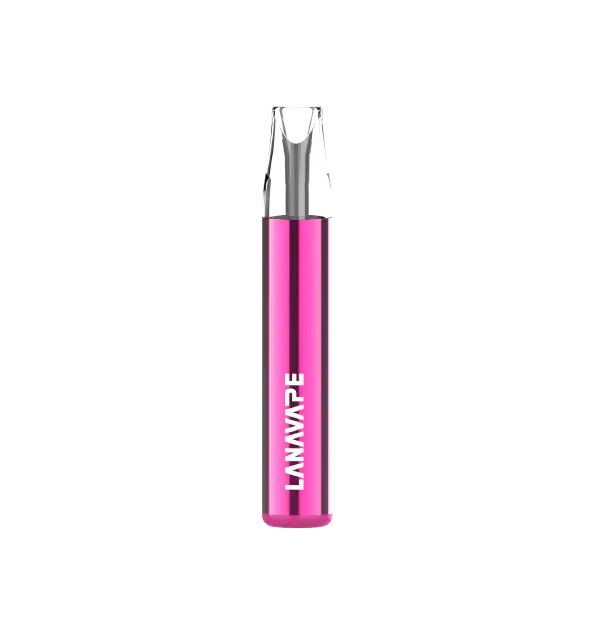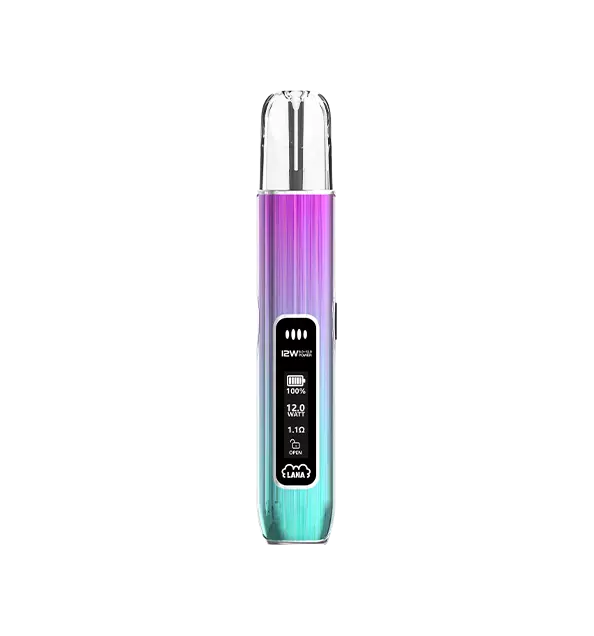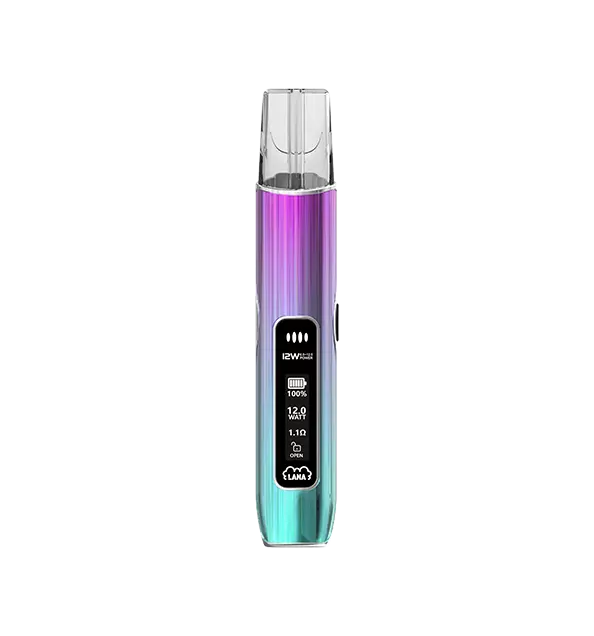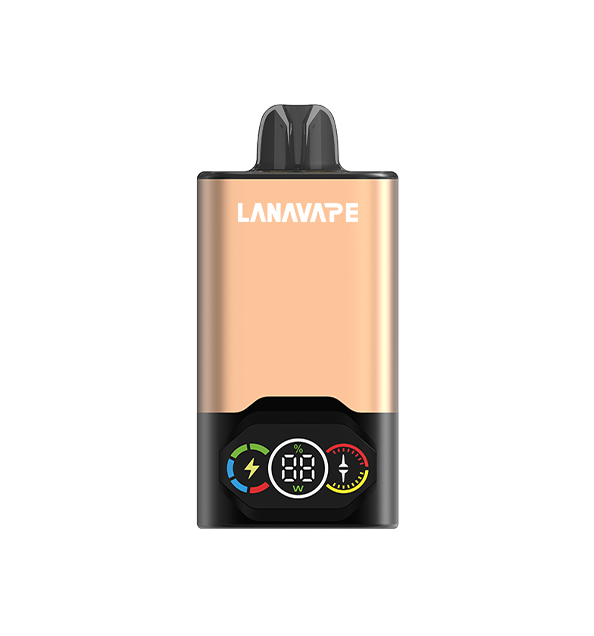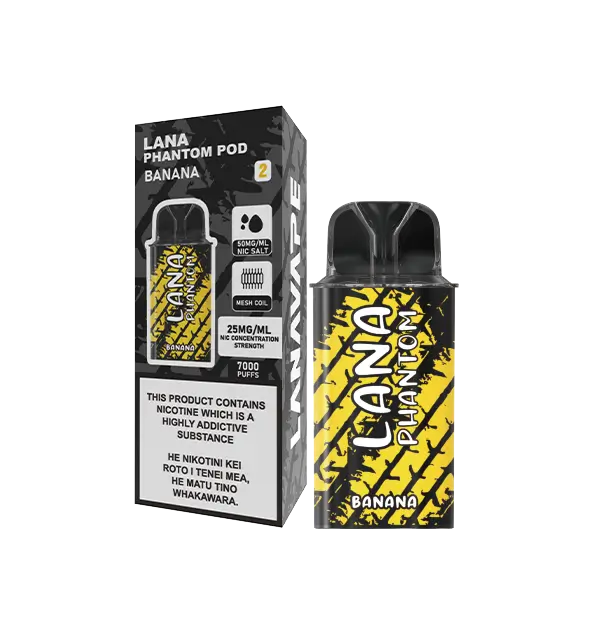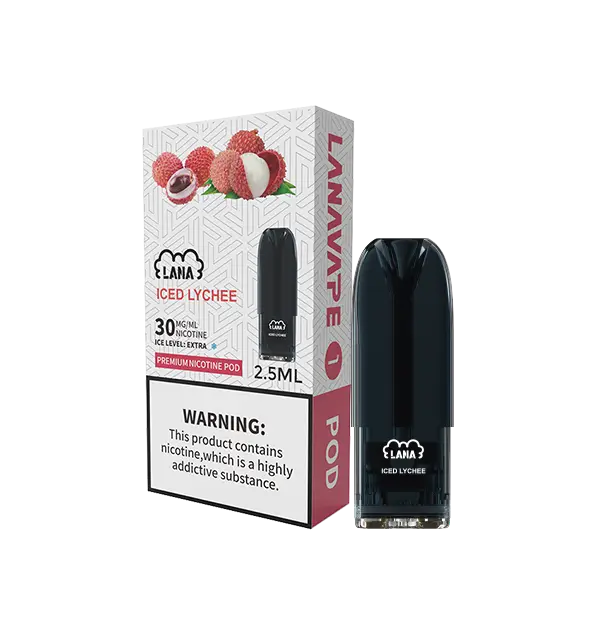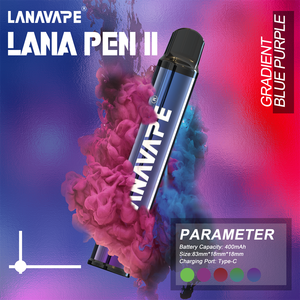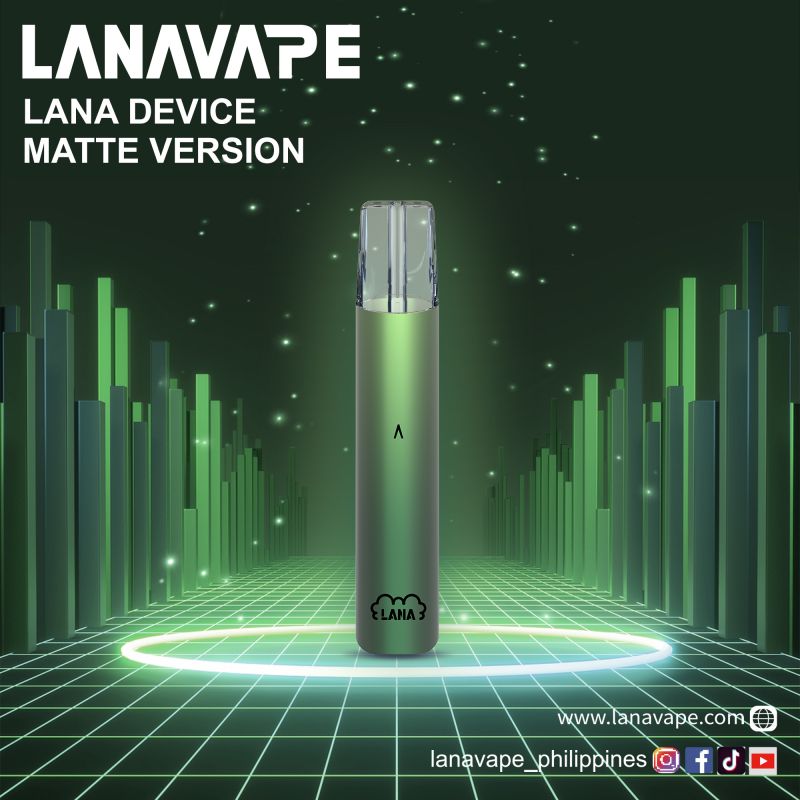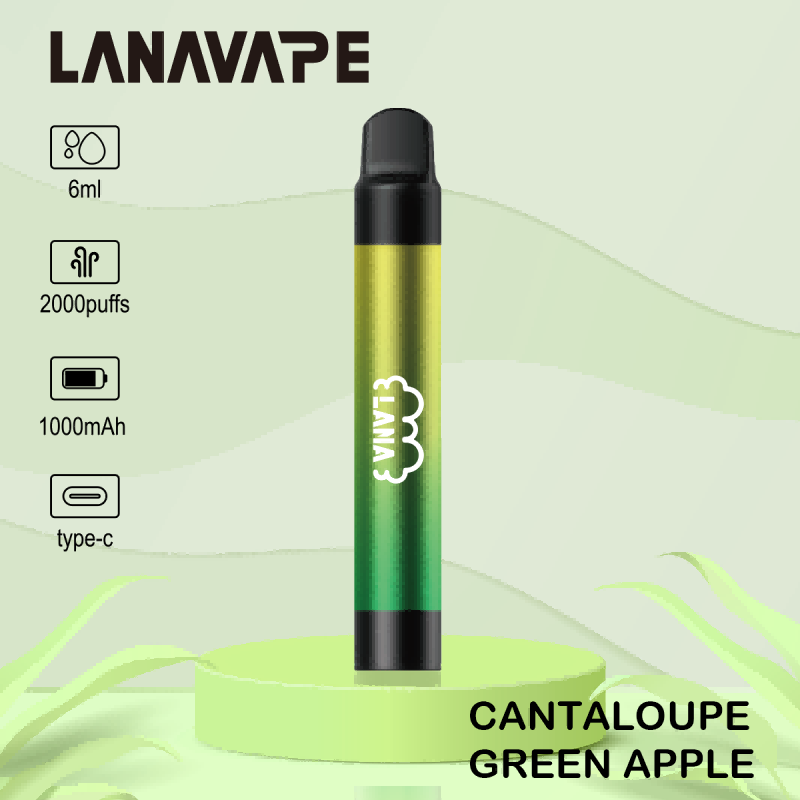
A ban on the sale of flavoured e-cigarettes has been announced by US President Donald Trump, after a number of vaping-related deaths.
So, how much is being spent on e-cigarettes, and how safe are they?
1. Vaping is increasingly popular
According to the World Health Organization, there has been a small but steady decrease in the estimated number of smokers globally, to just over one billion.
But it's a different matter when it comes to vaping.
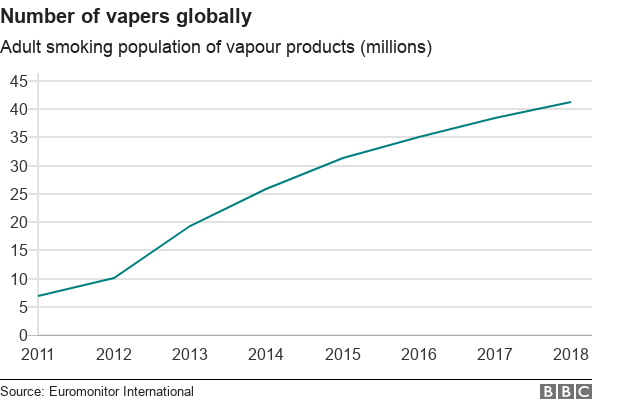
The number of vapers has been increasing rapidly - from about seven million in 2011 to 41 million in 2018.
Market research group Euromonitor estimates that the number of adults who vape will reach almost 55 million by 2021.
2. Spending on e-cigarettes is growing
The e-cigarette market is expanding, as the number of vapers rises.
The global market is now estimated to be worth $19.3bn (£15.5bn) - up from $6.9bn (£5.5bn) just five years ago.
The United States, United Kingdom and France are the biggest markets. Vapers in the three countries spent more than $10bn (£8bn) on smokeless tobacco and vaping products in 2018.
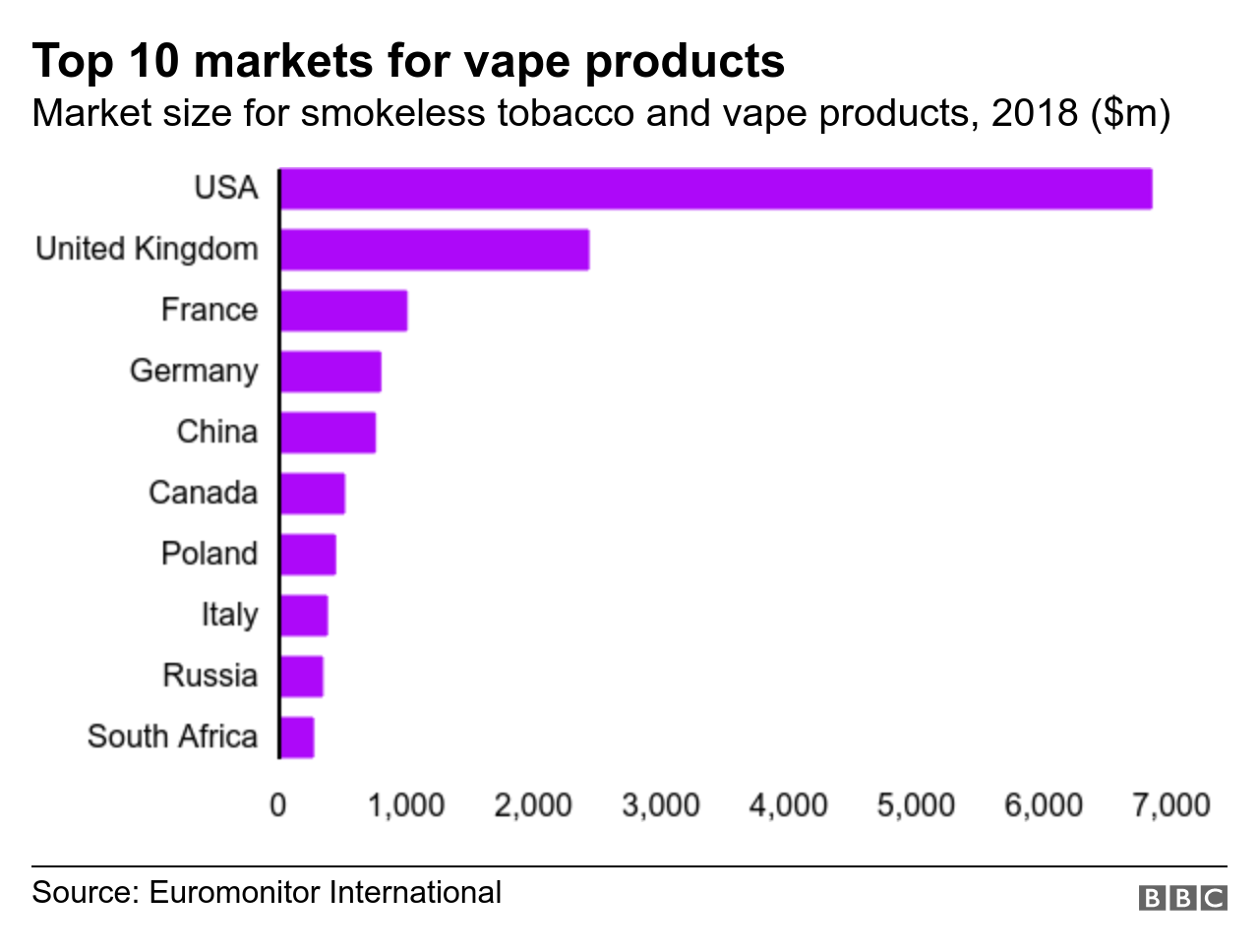
The White House recently announced that the Food and Drug Administration (FDA) would finalise a plan to stop the sale of all non-tobacco flavours in the world's biggest vaping market.
This follows six deaths and 450 reported cases of lung illness linked to vaping across 33 US states.
3. Open system e-cigarettes are the most popular
There are two main types of e-cigarette - open and closed system, also known as open and closed tank.
In an open system, the liquid that is vapourised can be refilled manually by the user. There is also a removable mouthpiece.
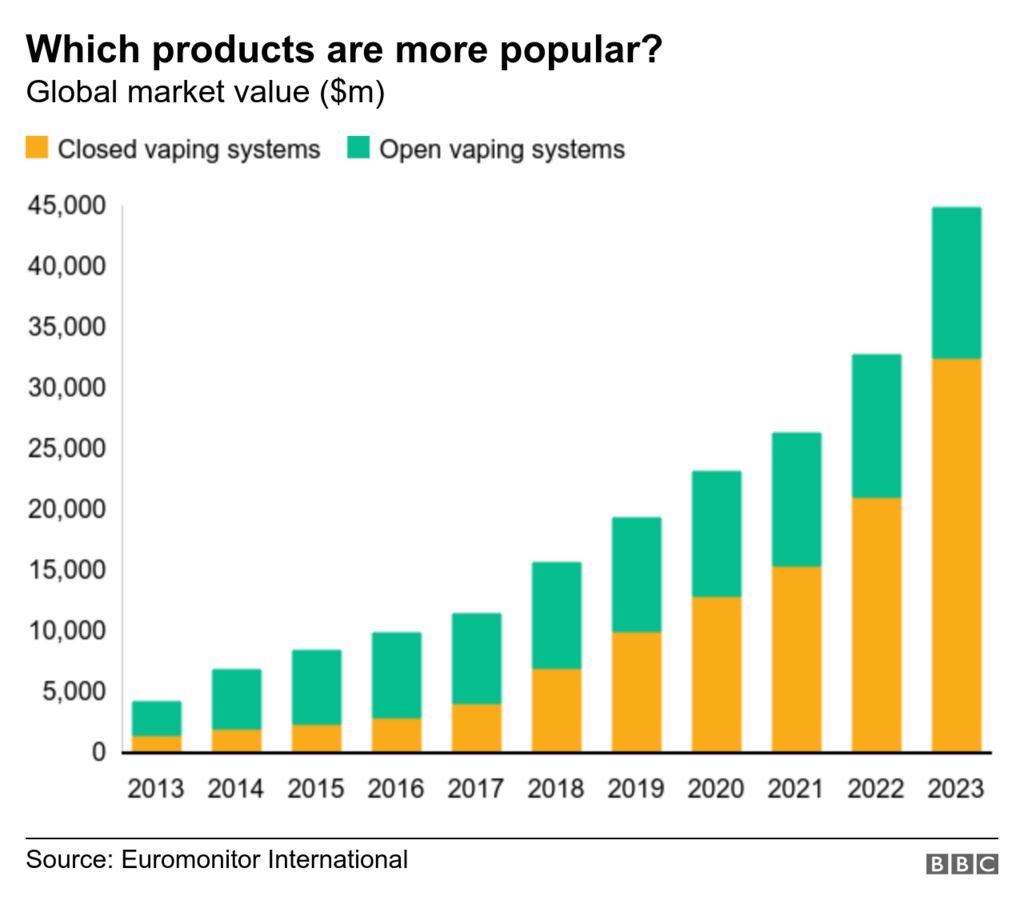
Closed system e-cigarettes use ready-made refills, which screw directly on to the e-cigarette's battery.
It is reckoned that this year, vapers will spend an estimated $10bn (£8bn) on closed system e-cigarettes, overtaking the spend on open system e-cigarettes for the first time.
4. Most e-cigarettes are purchased in-store
Most e-cigarette users buy their devices in specialist shops, according to a 2016 report published by Ernst & Young.
It's thought that consumers might make their first e-cigarette purchase in person, to build familiarity with a relatively new product, or to seek advice on which type of device might suit them best.
Vaping shops have become more common in the UK, with 69 new stores opening on High Streets in the first half of 2019 alone.
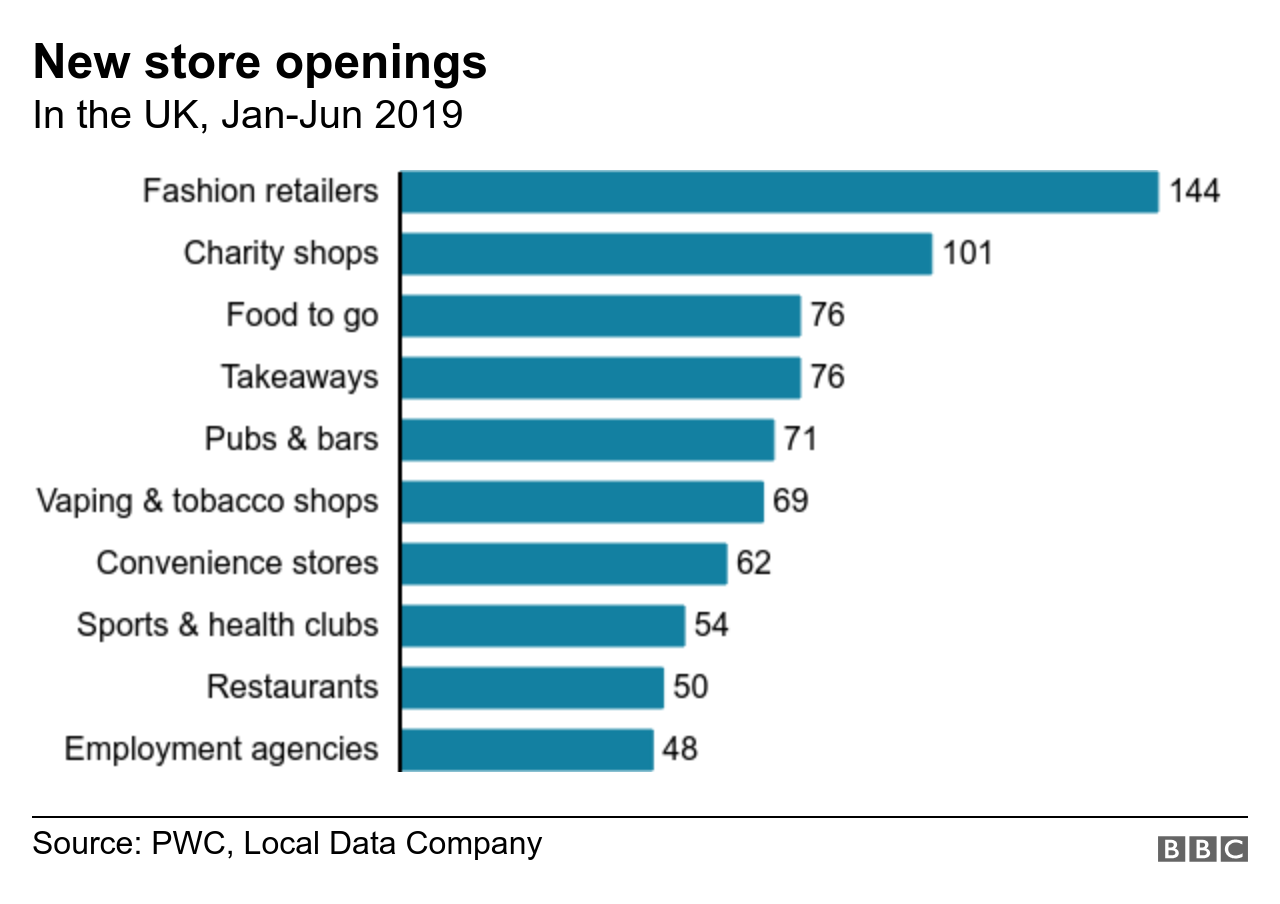
Another survey of 3,000 users by Kantar for Ernst & Young, suggested that 21% had bought their devices online.

